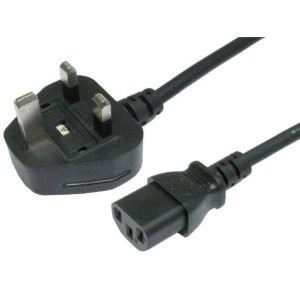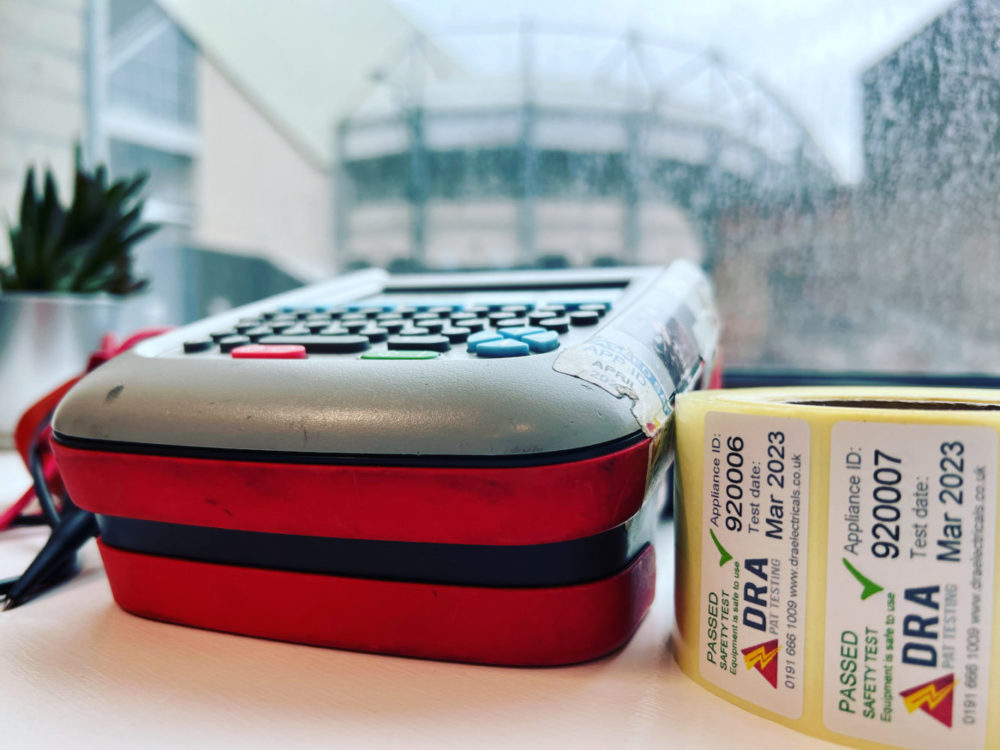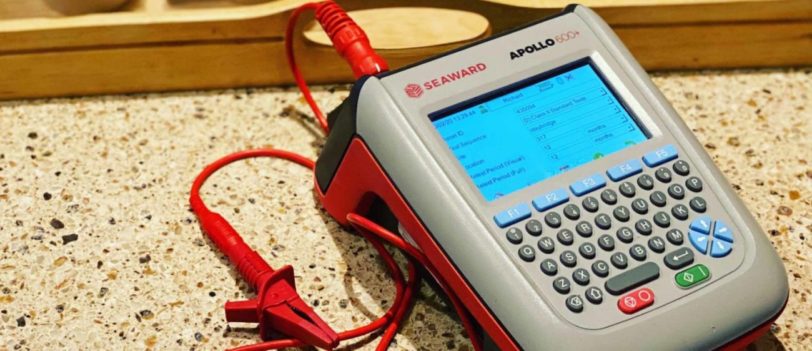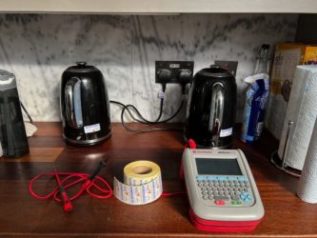Have you ever wondered why power leads need testing independently?
Most IT equipment comes with detachable IEC leads or kettle leads as they are more commonly called. There has been some debate if these should be tested as separate items. The latest edition of the Code of Practice for In-service Inspection and Testing of Electrical Equipment looks to clear the debate up.
 According to the code of practice an appliance with a detachable power supply flex (appliance-coupler) should be tested with the code set plugged into the appliance. The cord set should be labelled and then tested separately from the appliance as follows:
According to the code of practice an appliance with a detachable power supply flex (appliance-coupler) should be tested with the code set plugged into the appliance. The cord set should be labelled and then tested separately from the appliance as follows:
- A 3-core set should be tested as a Class I appliance
- A 2-core set should be tested as a Class II appliance
The following inspections and tests should be made:
- Visual inspection
- Class I earth continuity, polarity and insulation checks
The reason behind this is both are Class I appliances, so both carry as much a risk as the other. In addition; it happens many times that the PC is replaced but the leads are left in situ; so the lead could deteriorate without anyone realising.
Another reason could be that if the lead is 2-core and , during the year, was inadvertently used to supply a Class I appliance, the appliance would be unearthed and present a risk of electric shock.
This highlights the importance of PAT Testing the PC and the lead as two separate items.
However, we do have clients who request that the 2 appliances are tested as one item; if so we can accommodate this. After all, you as the duty holder are the decision maker.



